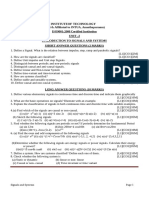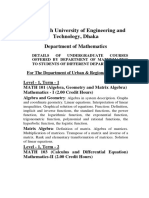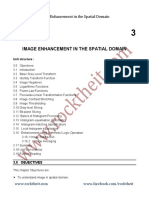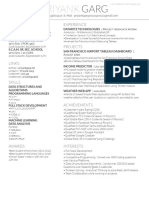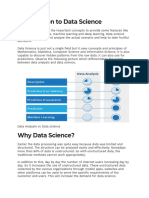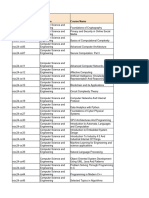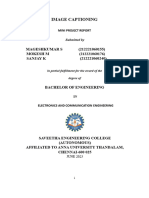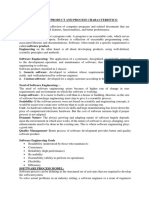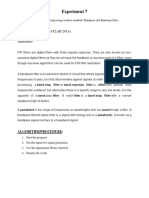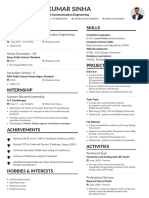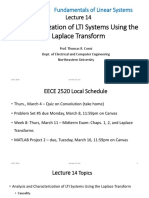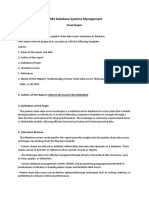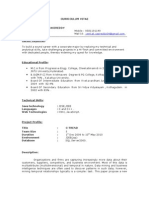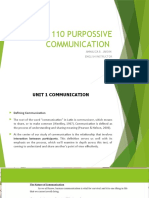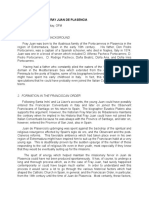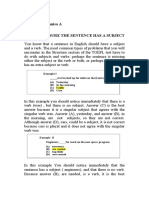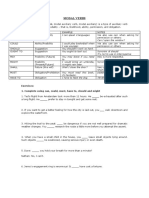0% found this document useful (0 votes)
623 views3 pagesAI From Basics To Advanced Levels
Uploaded by
Bandari GaneshCopyright
© © All Rights Reserved
We take content rights seriously. If you suspect this is your content, claim it here.
Available Formats
Download as PDF, TXT or read online on Scribd
0% found this document useful (0 votes)
623 views3 pagesAI From Basics To Advanced Levels
Uploaded by
Bandari GaneshCopyright
© © All Rights Reserved
We take content rights seriously. If you suspect this is your content, claim it here.
Available Formats
Download as PDF, TXT or read online on Scribd
/ 3




